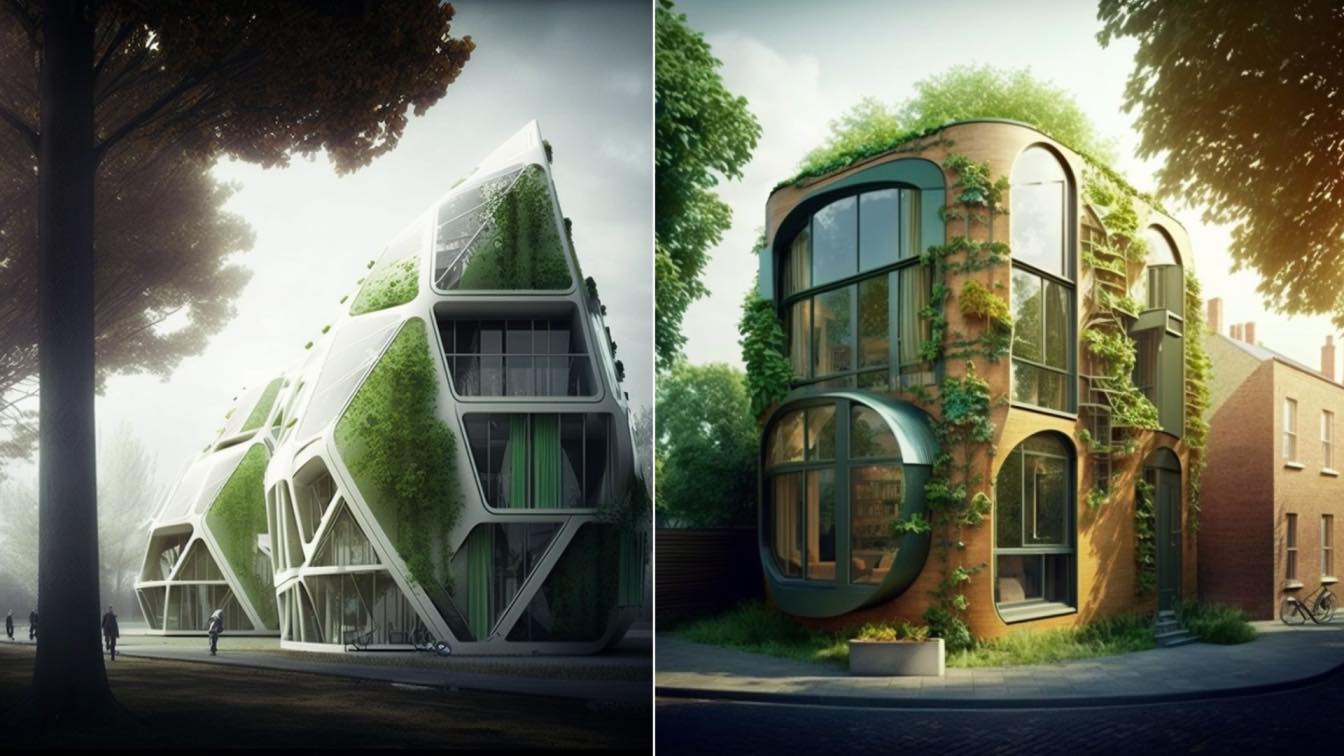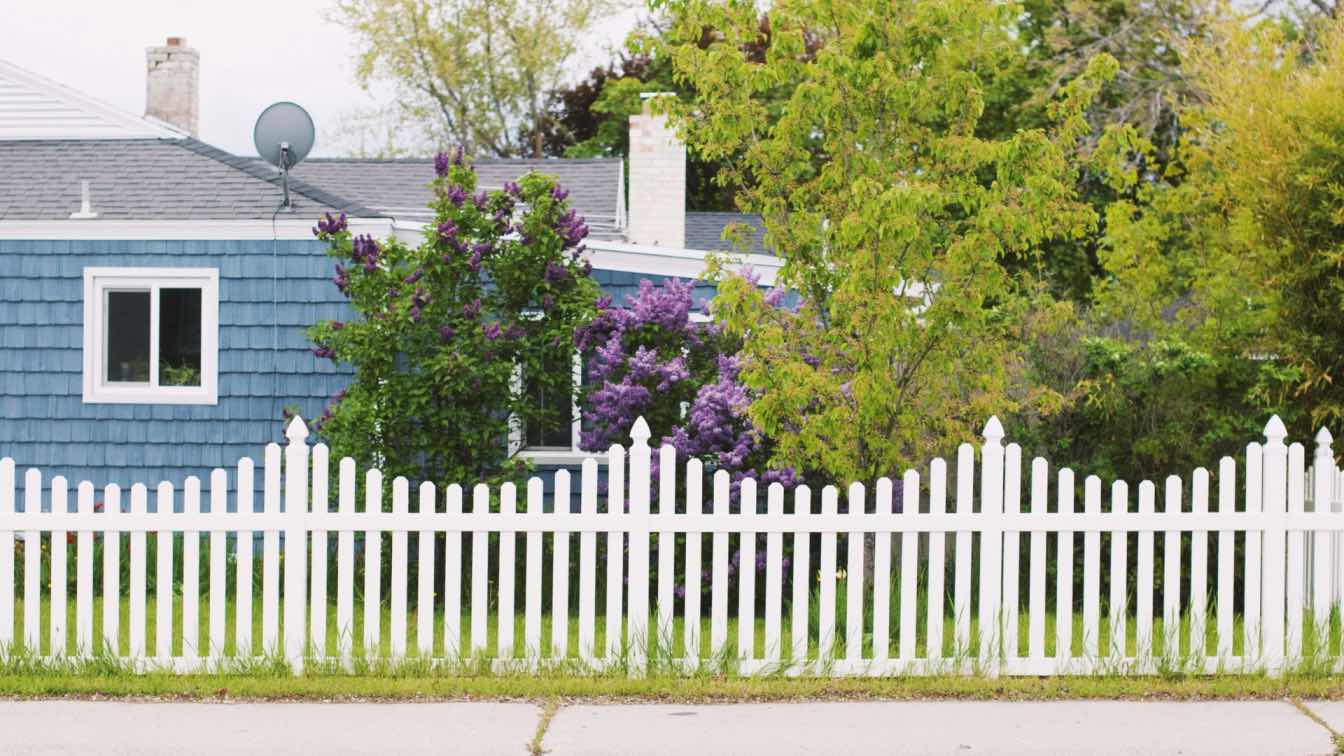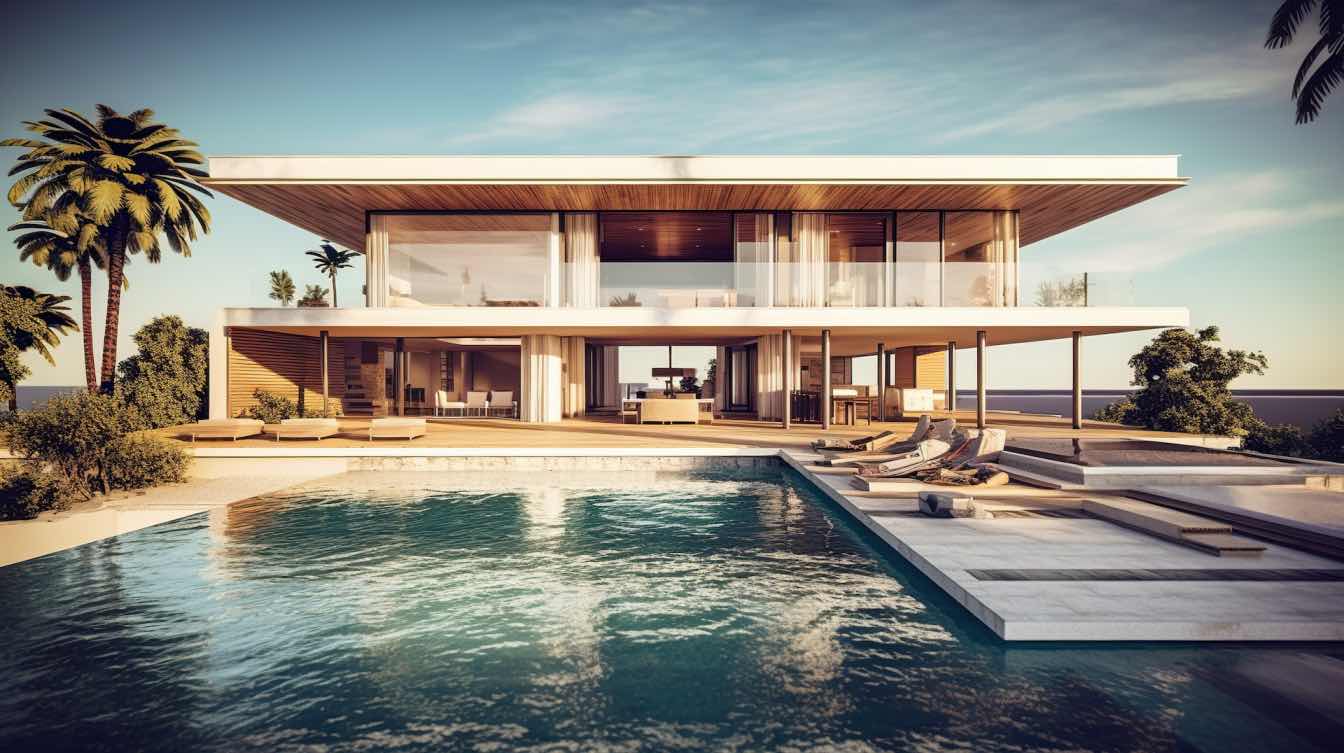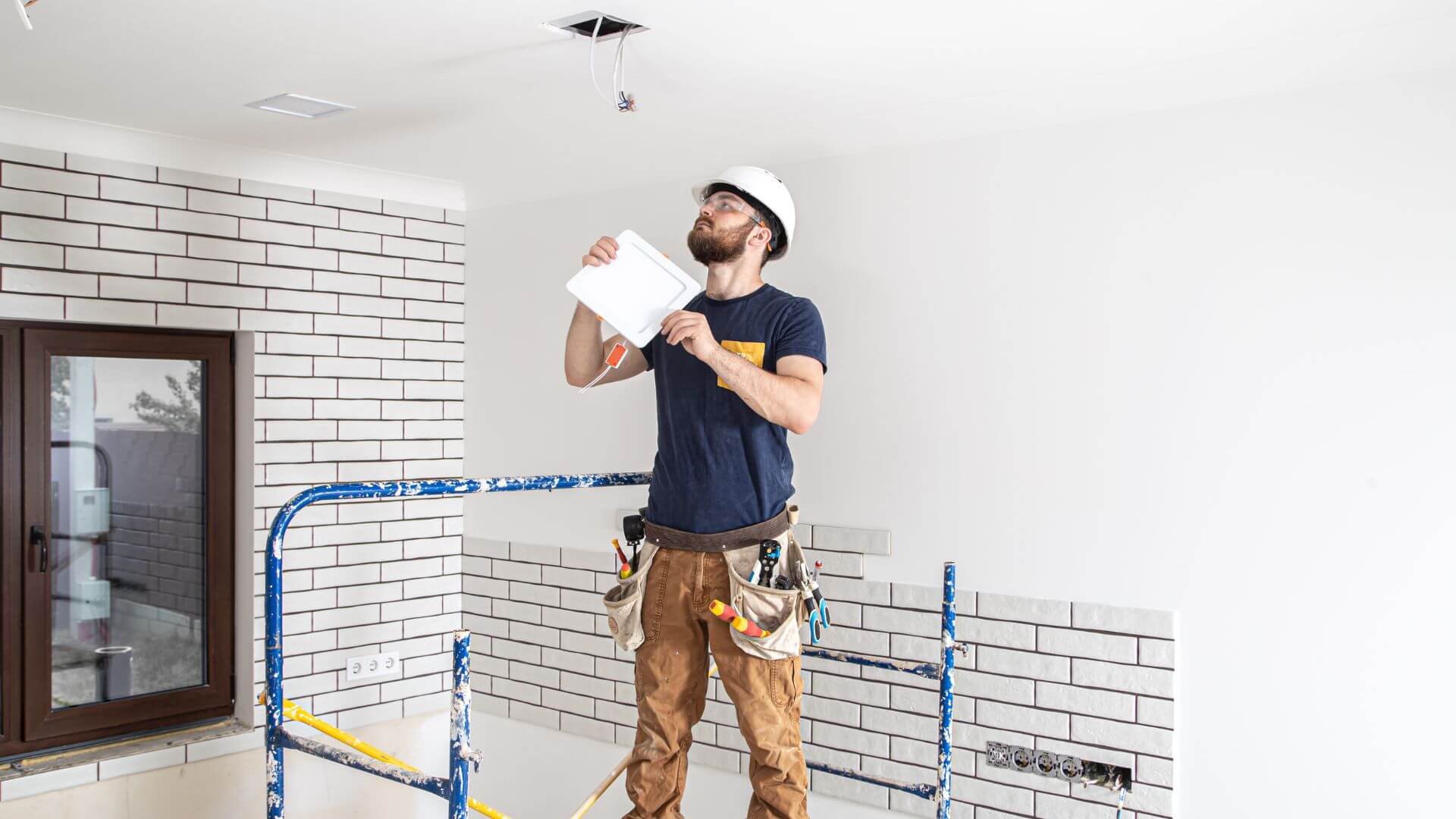Four walls no longer confine the modern home. Architects and designers are redefining the relationship between indoor and outdoor spaces, creating seamless transitions that invite nature in while maintaining comfort and functionality. One of the most elegant and practical solutions is the screened-in porch, which allows homeowners to enjoy fresh air, natural light, and scenic views without exposure to pests or harsh weather.
With innovative materials, minimalist framing, and a focus on biophilic design, these versatile extensions have evolved beyond their traditional role. They are now architectural features that enhance a home’s aesthetic appeal while offering a tranquil retreat. Whether overlooking a lush backyard or extending from a sleek modern structure, these spaces bring balance, beauty, and purpose to contemporary living.
The Architectural Appeal of Screened-In Porches
Screened-in porches have become an essential element in modern home design, seamlessly blending structure with nature. Their ability to create a fluid connection between indoor and outdoor spaces makes them an attractive feature for architects and homeowners alike. With advancements in materials and design techniques, these spaces are no longer just functional additions—they are carefully crafted extensions of the home’s architectural identity.
Minimalist framing and expansive screens allow for uninterrupted views, fostering a sense of openness without sacrificing protection from the elements. High ceilings and integrated lighting add sophistication, while natural materials such as wood, stone, and metal create a harmonious balance between the built environment and its surroundings. Whether incorporated into a classic farmhouse or a sleek contemporary home, a well-designed porch enhances both the exterior facade and the overall spatial experience.
Functional Benefits: Comfort Meets Nature
A screened-in porch offers the best of both worlds—immersing homeowners in the sights, sounds, and fresh air of the outdoors while shielding them from insects, harsh sun, and unpredictable weather. Unlike open-air patios or traditional porches, these enclosed spaces provide a controlled environment where comfort and nature coexist effortlessly.
Beyond protection, they serve as adaptable living areas that can be enjoyed throughout multiple seasons. On warm days, cross-ventilation and ceiling fans maintain a refreshing breeze, while in cooler months, outdoor heaters or insulated flooring extend usability. Some designs even integrate retractable screens, allowing homeowners to switch between an open-air experience and a fully enclosed retreat.
For those who appreciate tranquility, an enclosed porch offers an ideal space for morning coffee, evening reading, or quiet conversation. It becomes a private sanctuary, blending relaxation with the natural rhythms of the surrounding landscape. With custom-designed covered porches, homeowners can personalize the space to suit their lifestyle—whether it’s a cozy lounge area, an outdoor dining spot, or a multi-functional entertaining space.
Design Trends: Merging Indoors and Outdoors
As architectural preferences shift toward seamless indoor-outdoor living, screened porches are evolving to complement contemporary home design. No longer viewed as simple enclosures, they are now crafted with sleek lines, innovative materials, and high-tech integrations that enhance both function and aesthetics.
One of the most notable trends is the use of retractable screens, which offer flexibility by transforming a fully enclosed space into an open-air setting at the touch of a button. This adaptability aligns with modern architecture’s emphasis on fluid, multi-purpose spaces. Similarly, floor-to-ceiling screening maximizes views while maintaining a minimalist, airy feel—ideal for homes that prioritize natural light and unobstructed sightlines.
Material choices are also playing a key role in redefining these spaces. Sustainable woods, aluminum framing, and UV-resistant screening materials contribute to longevity and energy efficiency, making them both stylish and practical. In high-end homes, designers are integrating skylights, built-in fireplaces, and even smart climate control systems to create porch environments that remain comfortable year-round.
A thoughtful approach to blending interior and exterior spaces ensures that these spaces feel like natural extensions of the home, enhancing both function and aesthetics. Architects are using innovative materials and design techniques to erase boundaries between indoors and out, creating areas that feel open, cohesive, and deeply connected to their surroundings.
Maximizing Value: The Long-Term Benefits of a Screened-In Porch
A well-designed screened porch is more than an aesthetic feature—it’s an investment that enhances lifestyle and property value. As demand grows for homes with seamless indoor-outdoor connections, these spaces are becoming sought-after architectural elements, offering long-term benefits that extend beyond daily enjoyment.
One of the most significant advantages is increased home resale value. Buyers appreciate functional outdoor living areas, and a thoughtfully designed enclosed porch adds square footage that feels both intentional and inviting. Homes with well-integrated outdoor spaces often attract more interest in competitive markets, making them a smart upgrade for homeowners thinking ahead.
Durability and low maintenance also make these spaces practical additions. High-quality screening materials and weather-resistant framing ensure longevity, reducing upkeep compared to traditional open-air patios or decks. When designed with energy efficiency in mind—using insulated flooring, ceiling fans, or retractable panels—a screened-in porch can also reduce heating and cooling costs by improving airflow and providing shade.
Beyond financial returns, the value of a tranquil, sheltered retreat cannot be overstated. Whether serving as a peaceful morning escape, a cozy evening lounge, or a gathering spot for friends and family, a screened porch offers year-round comfort without the drawbacks of full exposure to the elements.
Conclusion
A screened-in porch is more than an addition to a home—it’s an invitation to experience the outdoors in a comfortable and architecturally refined way. With thoughtful design, innovative materials, and functional versatility, these spaces offer a sophisticated blend of shelter and openness, transforming how homeowners interact with their surroundings.
For those considering a covered outdoor space, design choices play a key role in how well it integrates with the existing structure. From minimalist framing and retractable screens to sustainable materials and smart climate control, every detail contributes to creating a space that feels both natural and intentional. Exploring different approaches to outdoor living design—such as integrating indoor and outdoor spaces—can help refine the vision for a space that enhances both architecture and lifestyle.





